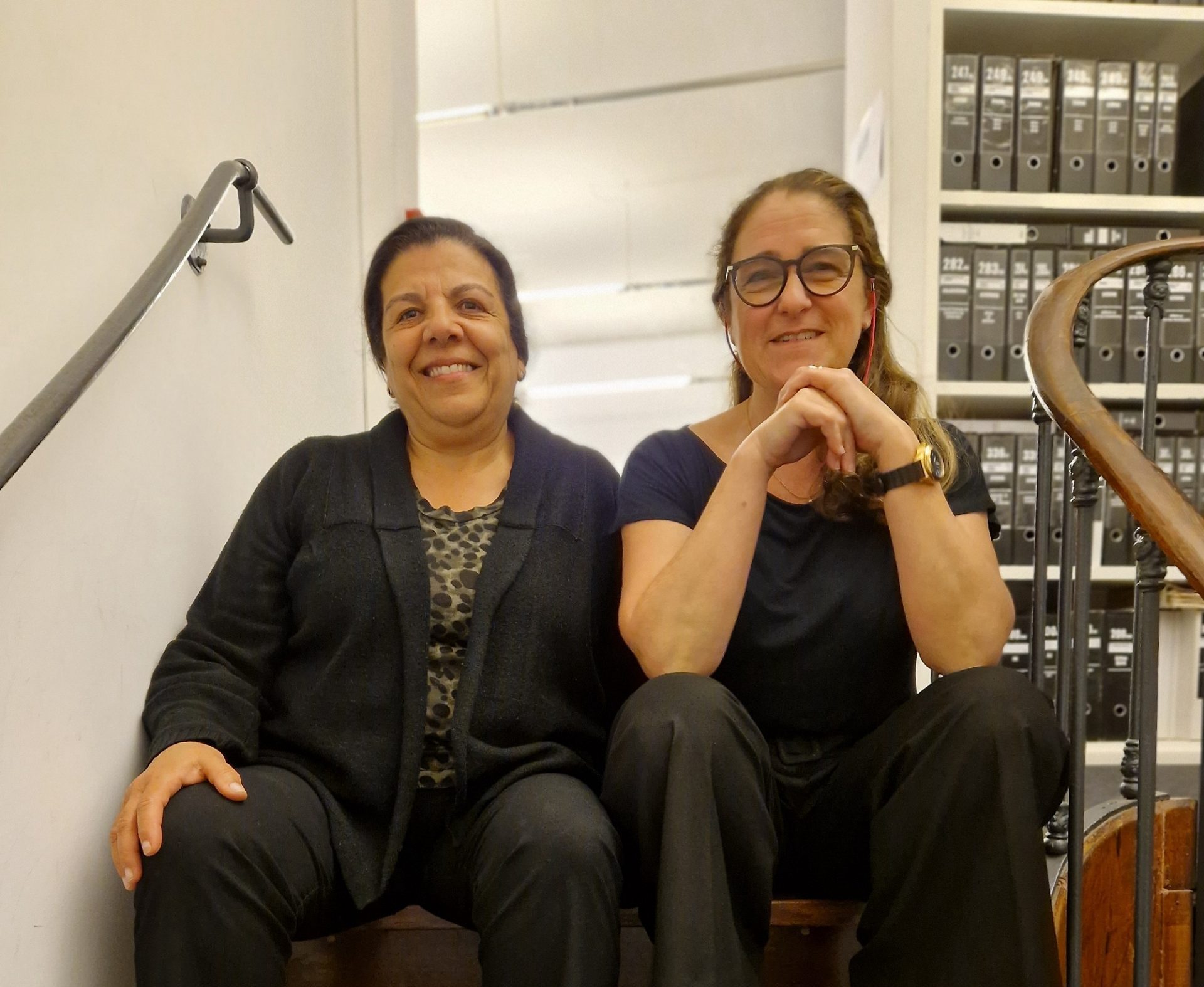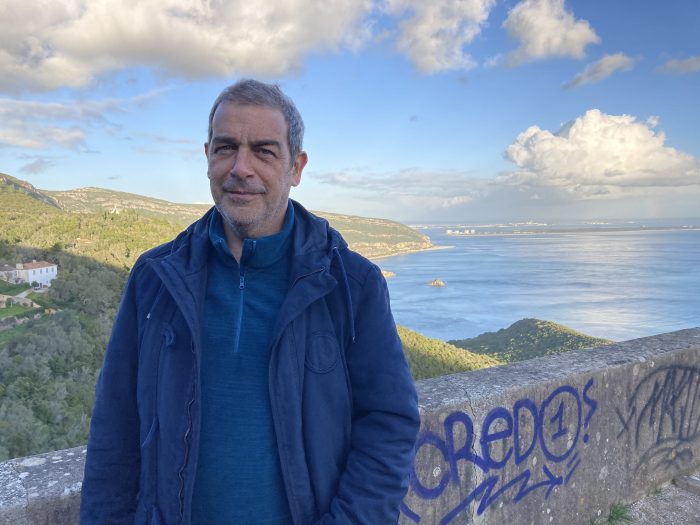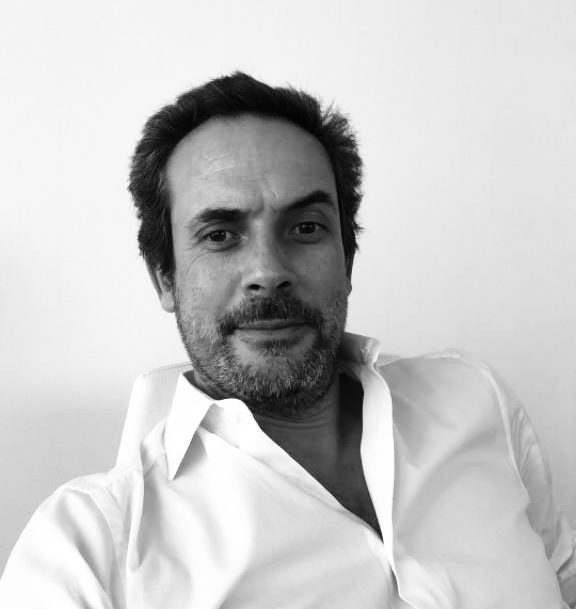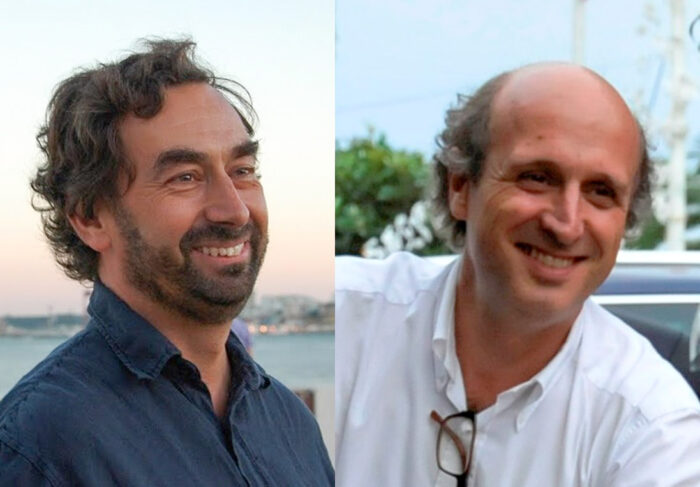A conversation with Arch. Margarida Silveira Machado e Maria João Gamito Leal

A conversation with Arch. Margarida Silveira Machado e Maria João Gamito Leal
'The studio [of architect Gonçalo Byrne] is a place where there is room to grow, to develop ideas, to surpass ourselves, but it requires great availability and commitment (...) he taught us that you learn a lot from listening to others'
I’d like to start by asking you to tell us about your initial path.
M: The decision to go into architecture had no particular reason. I come from a family of doctors, but I remember at the time my father encouraging me to go into architecture. I took my degree at Lusíada University and on December 22, 1992 I joined the studio of architect Gonçalo Byrne. At the time it was a great joy and an enormous privilege.
MJ: I started working at Rebello de Andrade e Espírito Santo’s studio shortly before I entered the School of Fine Arts. After graduating in 1986, I worked for two years with the architect Raúl Hestnes Ferreira, who would surprise us with charcoal sketches on the drawing board. After the Centro Cultural de Belém competition in 1988, I started working in Gonçalo Byrne’s studio, still in Largo do Carmo.
Your paths crossed at Gonçalo Byrne’s studio. Would you say it’s a real school?
M: Gonçalo’s Atelier was, and still is, a great school for me. I owe my growth and career to Gonçalo Byrne and my colleagues and friends with whom I worked and shared unforgettable moments, and to whom I work today, and I am grateful for the opportunities I was given to do architecture with great freedom and responsibility.
MJ: The studio is a place where there is room to grow, to develop ideas, to surpass ourselves, but it requires great availability and commitment. We’ve grown up with her immense willingness to engage in dialogue, revealing her curious spirit, her versatility in current affairs, her culture and the experiences that her memory has captured and that she passes on to us in a simple way, but essentially, she has taught us that you learn a lot from listening to others.
What qualities do you appreciate most in each other?
M: The quality I’ve always appreciated in her is her loyalty, persistence and friendship. We’ve always got on well working together, but one thing that has always united us is that we love “Architecture” and are true and persistent in everything we do.
MJ: Your straightforwardness and ability to work are qualities I value. We both know that persistence and research are the engines that drive and unveil the various variables, and throughout this construction we debate ideas and support each other.
How would you define your work?
M: Our work is challenging, it’s very absorbing, because in the studio we end up doing a bit of everything. We’ve tried to do our work in parallel, but it’s difficult, because as we’re totally dedicated to the studio’s work, we run out of energy for everything else. I’ve been working on various projects that have given me a great deal of pleasure, some of them abroad, namely in Switzerland, others even in Portugal.
MJ: The work begins with a dialog with architect Byrne, in search of the underlying theme and is defined in the construction of the concept, giving it emphasis. Aware of the universality of architecture, we try to bring together the various disciplines that express their work in the synthesis, wandering in a balance between the rational and intuitive process on the themes that guide and shape its progressive materialization, with construction as the realization of this process and use as its effective realization.
What kind of projects challenge you the most and what inspires you?
M: I try to challenge myself with every project! When I start, I get anxious and then when the work starts to take its course, I relieve the stress and start to believe that I’m on the right track. When the project results in a beautiful piece of work, and you see that the owner is happy, you clearly feel that you’ve fulfilled your mission. My inspiration comes from the trips I take with my husband. They feed my spirit and, stored in my subconscious, they silently help me with my projects. My inspiration also comes from my family, my dear daughter Maria, and friends.
MJ: All projects offer challenges that stimulate and motivate, but the most complex programs are the most attractive opportunities. The size is not implicitly synonymous with the degree of difficulty, but rather the place, the topography, the program or the historical link. What inspires me are the multiple proposals that allow me to grow, in the scrutiny that isolates the essential, gives it relevance, generates a concept around the solution and surprises (us) in the end, reaching the “Eureka” moment.
How do you see national architecture? And what are your expectations for the future?
M+MJ: External recognition is explicit and unquestionable, there are significant examples of quality in Portuguese architecture and I believe that continuity is assured, but internally, I cannot omit the context we are going through and the difficulty in performing the profession under sustainable conditions. Our expectations are to continue and evolve, committing ourselves to the legacy we have secured, demonstrating that recognition depends on the quality of our work, effective personal involvement, the sharing of knowledge and skills, the attitude towards setbacks and persistence, because of the fascination we derive from the exercise of this discipline that is Architecture.
This interview is part of Artes & Letras Magazine #152, May 2023.
Partially automatic translation from portuguese: some expressions may differ from their actual meaning.
News & Interviews
A conversation with Arch. Carlos Ribas
'The principles of sustainability have always been those of landscape architecture [...] The national circumstance of having "specialist" professions that understand nothing about the territory means that we have a growing dehumanization of the landscape and a very strong dynamic of unsustainability' Read more
A conversation with Arch. Guilherme Godinho
'It is with great joy and enthusiasm that we see the habit [of tradition of proximity to the arts by companies] being reinvented by Betar; (...) I believe [that the José Mendonça Prize] will be a success and a future milestone in the cultural life of Lisbon and the country' Read more
A conversation with Arch. Pedro Ravara and Arch. Nuno Vidigal
'The relationship with the students is fascinating and fundamental in order to stay "up to date". They are our best specialty magazine'. Read more




